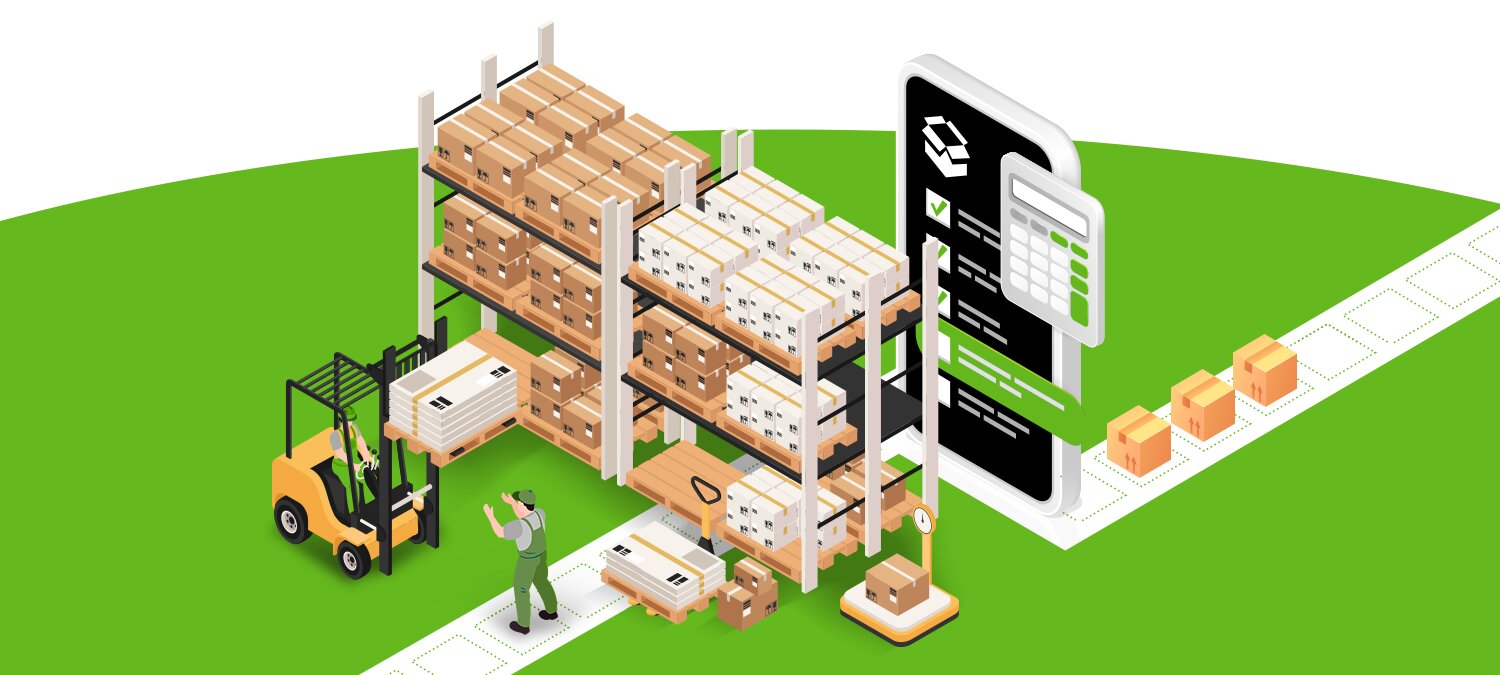What is Packaging Management System?
Packaging is an integral part of the management system in an organization. It provides safety, security, and protection to the products during their transportation from the manufacturing plant to the final destination and storage till it reaches the end-user or consumer.
Packaging management system has evolved with time to maintain transparency and credibility with the consumers as well as provide information about the product like how to use it, its expiry date, ingredients, etc., in general, we can say that proper packaging can increase sales volume by around 20-30%.
So packaging management system plays a very important role in any organization that deals with packaging so here I will discuss what is packaging management system is?
The best packaging management systems
A good packaging management system will help you achieve your goals. For example, if it’s environmental sustainability that’s important to you, you might want a software solution that helps reduce waste by calculating how much packaging you use on each order.
If convenience is more important, then look for a system that allows your suppliers to send inventory updates automatically. By paying attention to how well a potential system meets your needs and wants, you can easily spot products with strong features and more competitive pricing—two factors that can help improve any business’s bottom line.
It’s best to find a packaging management system that meets your company’s needs at every level. Even if you already have a software solution in place, it’s still smart to look for options with strong features and competitive pricing.
A good way to do so is by asking vendors about specific benefits offered by their products. For example, some packaging management systems allow you to streamline shipping operations by printing labels directly from shipments—saving time and reducing errors.
Others packaging management system include an automatic waste tracker that reduces disposal costs by 30 percent or more compared with manual efforts—an impressive feat in any business.
How to choose the right software for your business
Before you buy any software, ask yourself why you need it. If your business needs to change often, a package that can be updated easily might be best. If your employees are on-the-go and don’t always have access to email, a mobile app would make more sense.
Once you’ve determined what features you need, comparison shop based on price and reputation of the manufacturer. Then look for trial versions or discounts for small businesses and nonprofits that can help keep costs down even further.
Your business might benefit from custom software packaging management system, which can be customized to meet your unique needs. One benefit of custom software is that updates and changes are more cost-effective and less time-consuming than they would be with a packaged solution.
However, custom software development can be much more costly—and complicated—than buying a package off the shelf. If you decide to go with custom solutions, ask yourself how long you expect your business to stay in operation.
How do packaging companies work
In order to deliver their products, packing companies need to handle a lot of supplies. There are, for example, packaging materials such as metal foils and labels; raw materials used for filling up the packages like glass and metal parts; tools required for building those packages such as saws and torches; machines needed for putting all of those pieces together like conveyor belts or tracking devices.
And there are also people that can keep things running smoothly—workers in charge of unloading shipments, engineers that design packaging machines, and managers who oversee all activities related to making a package ready.
A good packaging management system should let you track every part on your journey from raw material to finished product. This means keeping a record of every piece along with its current position and progress towards completion.
It should also allow you to keep an eye on stocks, make orders and monitor shipments. And most importantly, a good packaging management system should make all of those activities as simple as possible.
That’s not always easy—packing work has many moving parts and they can be hard to track. That’s why you need a complete package management system that allows everyone to see what each task requires
So they know exactly what needs doing and when it needs doing. It might take some time for you to set up such a packaging management system but it will help ensure a smooth workflow and get everything done faster than ever before.
What is the main objective of packaging?
Having a strong and appealing packaging design can be your ticket to huge success in any industry. Many companies use their products’ packaging as a way to differentiate themselves from competitors, while others use their design as a way to build brand awareness among consumers.
In today’s busy and over-stimulated world, customers will judge you by how well you present yourself on store shelves or online, so it’s important that your product stands out in all areas. Consumers are always looking for something new and exciting, so why not provide them with something worth talking about!
While your products’ packaging may be a key factor in acquiring new customers, it also plays an important role in ensuring that you don’t lose any existing ones. One of your most valuable assets will always be your brand reputation, so you want to make sure that everything you do reinforces it as much as possible.
If people have a negative experience with one of your products because of its packaging, they’re likely to share their opinion with others which could cause serious damage to your brand image.
Even if they don’t say anything, there’s a good chance that people will associate those bad feelings with all aspects of your business and potentially choose another competitor instead! The packaging management system allows monitoring and analysis of every step of the packaging process at the product level.
What are the advantages of packaging?
When looking at the packaging management system, we can find advantages. The very first step in effective packaging and labeling management system is to have a traceability strategy.
This means you have to have a way to keep track of each piece of product that you distribute and know where it came from, which machines it passed through, when it left your facility when it arrived at its destination, and what happens to it after that—and so on.
Effective tracking capabilities are essential because they help ensure that your product does not end up in competition with your company’s own brands; for example, you would want to know if a competitor’s label was found on one of your products.
It also helps protect against tampering or fraud. If a customer calls and says he received an empty box or one with damaged goods, you need to be able to check whether his claim is true by tracing back your inventory to determine if it was indeed shipped out as ordered.
It also helps reduce waste. For instance, if some of your shipments are returned due to damage or incorrect delivery address, then using a PMS allows you to identify such issues early enough so that you don’t ship them out again unnecessarily.
What is the difference between cartons and cardboard?
The biggest difference between cartons and cardboard is that cartons are made of paperboard, whereas cardboard isn’t. Cartons are often used in packaging and shipping because they’re sturdy and can protect fragile items during transit.
They may also be re-used for storage or transport, later on, making them a valuable commodity for companies that use them to send their products from point A to point B.
Because cartons typically have a rigid shape and structure, they can be made from many different types of materials depending on how they’ll be used. For example, shipping containers are usually constructed from corrugated fiberboard
while sandwich boxes will probably be made out of paperboard.
Cartons can be made from a variety of materials including paperboard, corrugated fiberboard, and plastic. Paperboard is most commonly used to make cartons because it’s relatively inexpensive, but it’s also a bit heavier than other materials.
Corrugated fiberboard, on the other hand, is light yet sturdy and often used in shipping containers and packaging. Plastic cartons are mostly used for soft drinks and milk but they don’t have much structural integrity or strength compared to cardboard or paperboard.
Today’s commercial transportation system relies heavily on packaging




